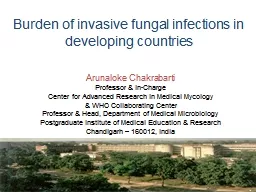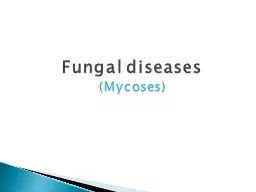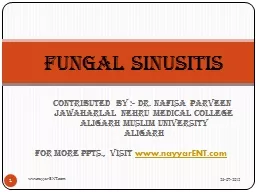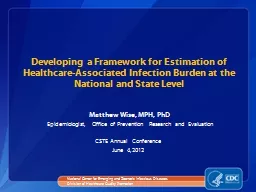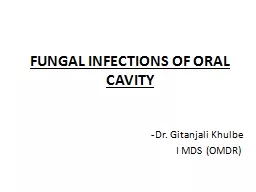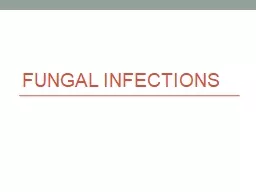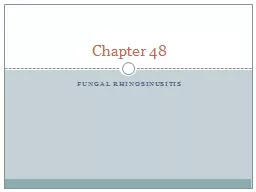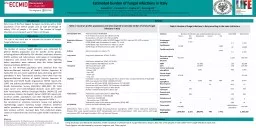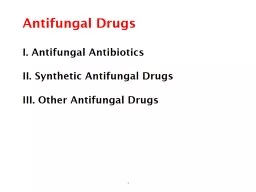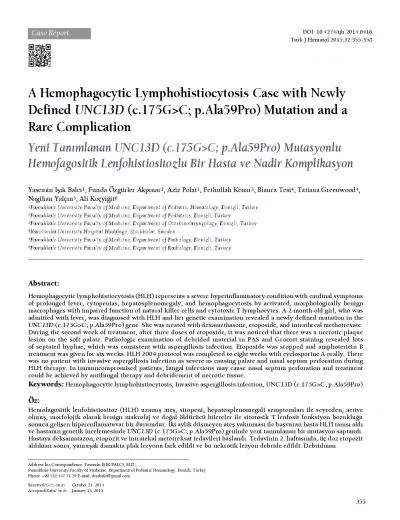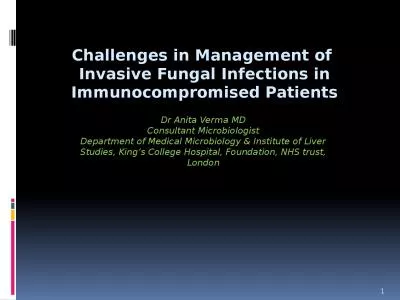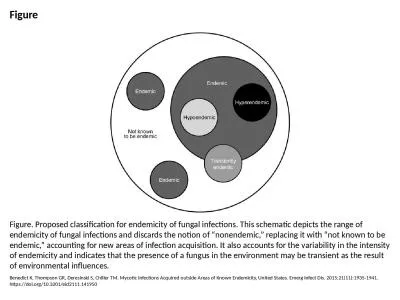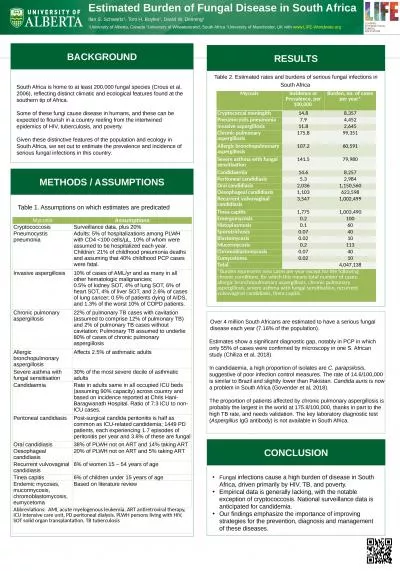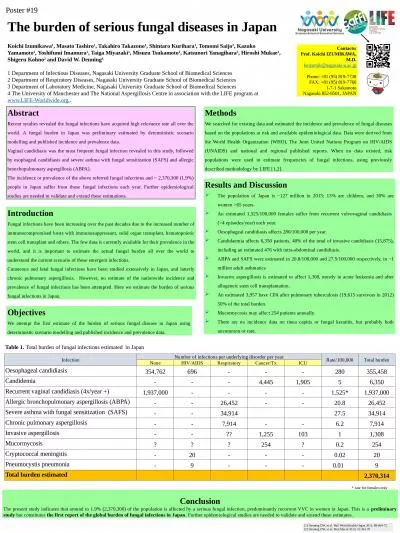PPT-Burden of invasive fungal infections in developing countries
Author : molly | Published Date : 2022-06-01
Arunaloke Chakrabarti Professor amp InCharge Center for Advanced Research in Medical Mycology amp WHO Collaborating Center Professor amp Head Department of Medical
Presentation Embed Code
Download Presentation
Download Presentation The PPT/PDF document "Burden of invasive fungal infections in ..." is the property of its rightful owner. Permission is granted to download and print the materials on this website for personal, non-commercial use only, and to display it on your personal computer provided you do not modify the materials and that you retain all copyright notices contained in the materials. By downloading content from our website, you accept the terms of this agreement.
Burden of invasive fungal infections in developing countries: Transcript
Download Rules Of Document
"Burden of invasive fungal infections in developing countries"The content belongs to its owner. You may download and print it for personal use, without modification, and keep all copyright notices. By downloading, you agree to these terms.
Related Documents

